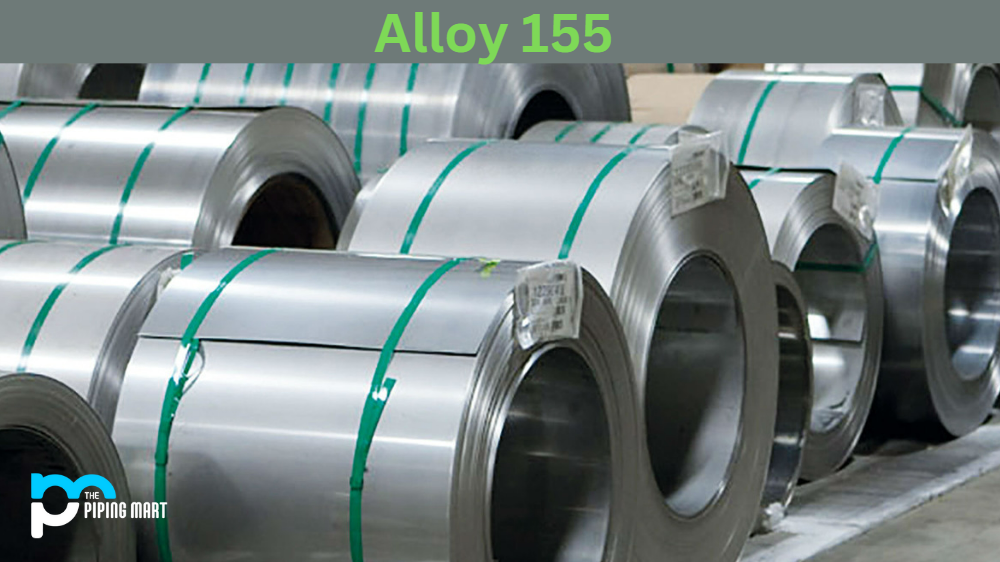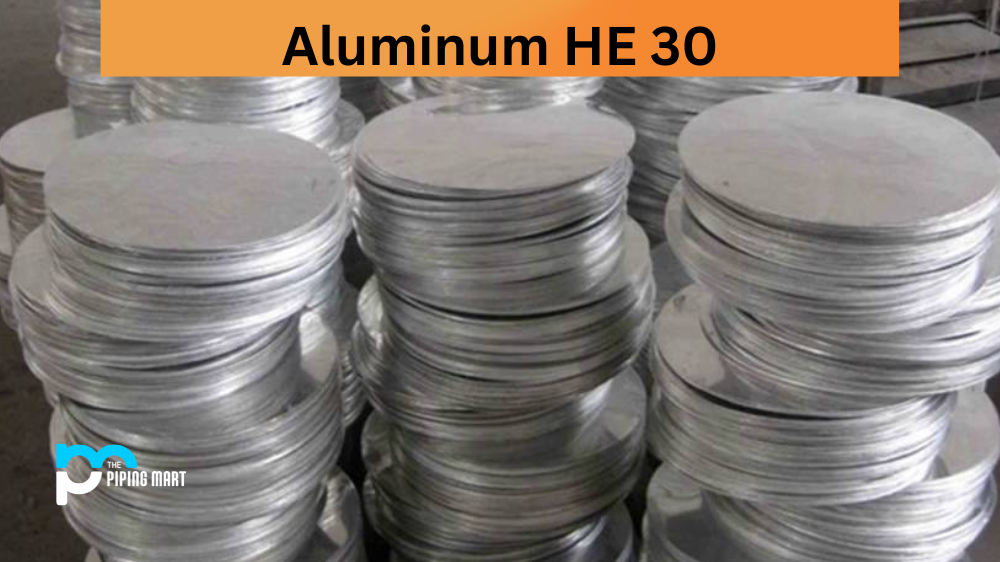When selecting materials with superior properties for high-stress applications, UNS R60001 is always a great choice. This nickel-based superalloy includes a unique combination of physical and mechanical properties, making it an ideal choice for demanding applications in various industries. From its impressive corrosion resistance to its exceptional durability, UNS R60001 offers countless benefits that set it apart from other materials. This blog post explores the composition, properties, uses, and other essential information about UNS R60001.
R60001 Composition
ASTM B53 is a nickel-chromium-iron alloy with significant cobalt, tungsten, and molybdenum concentrations. It also contains minor amounts of carbon, aluminium, titanium, and sulfur. With a nominal composition of 51% nickel, 19% chromium, and 19.5% cobalt, the alloy is highly resistant to various aggressive environments, including high-temperature applications.
R60001 Physical Properties
ASTM B53 boasts an impressive combination of physical properties, making it a popular choice for many applications. The alloy has a density of 8.28 g/cm³ and a melting point of 1315°C. It exhibits excellent thermal conductivity and a low coefficient of thermal expansion, making it ideal for use in cryogenic temperatures and high-temperature applications.
R60001 Mechanical Properties
The mechanical properties of ASTM B53 are equally impressive. The alloy has high tensile, yield, and creep strength at high temperatures. Its superior fatigue strength and resilience make it an excellent choice for applications where mechanical wear and tear are inevitable.
R60001 Uses
ASTM B53 offers a wide range of applications in various industries. Due to its superior corrosion resistance, it is a popular choice in marine and oil and gas industries. The alloy is also used in the aerospace, chemical processing, and nuclear industries, where high-temperature and high-stress applications demand rugged materials.
R60001 Hardness
ASTM B53 exhibits high hardness values due to its unique composition, featuring various elements that affect its hardness. Its hardness can be further enhanced through heat treatment, which we’ll discuss shortly.
R60001 Heat treatment
Like other superalloys, UNS R60001 can be heat-treated to optimize its properties. Heat treatment can improve the alloy’s strength, hardness, and creep resistance. Two common heat treatment methods for UNS R60001 are solution and precipitation hardening.
R60001 Welding
UNS R60001 can be welded using various techniques, including gas tungsten arc welding, plasma arc welding, and electron beam welding. However, welding superalloys can be challenging due to their high melting points and susceptibility to cracking. Proper welding techniques, preheating, and post-weld heat treatment are crucial to ensure the best results.
R60001 Corrosion Resistant
UNS R60001 exhibits exceptional resistance to corrosive environments, including seawater, acids, and alkalis. Its corrosion resistance can be further improved through various surface treatments, including passivation, pickling, and electroplating.
Conclusion
ASTM B53 is a versatile and durable nickel-based superalloy with a unique combination of properties that make it an excellent choice for high-stress and high-temperature applications. From its impressive corrosion resistance to superior mechanical properties, UNS R60001 offers countless benefits, making it a popular choice in various industries. Whether you’re working in aerospace, marine, or chemical processing, UNS R60001 is a material you can count on, regardless of your application’s demands.
Meet Heer, a dynamic and driven writer learning tricks of her trade in the metal industry. With a background in Digital Marketing, Heer brings a unique perspective to her writing, sharing valuable insights. Apart from blogging she like reading and hiking.




